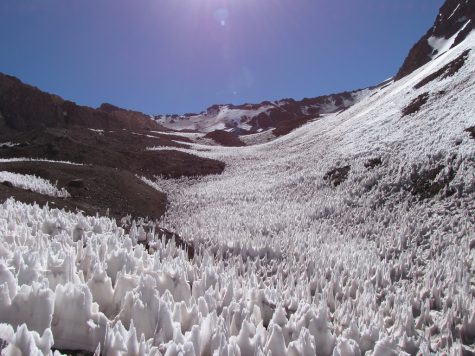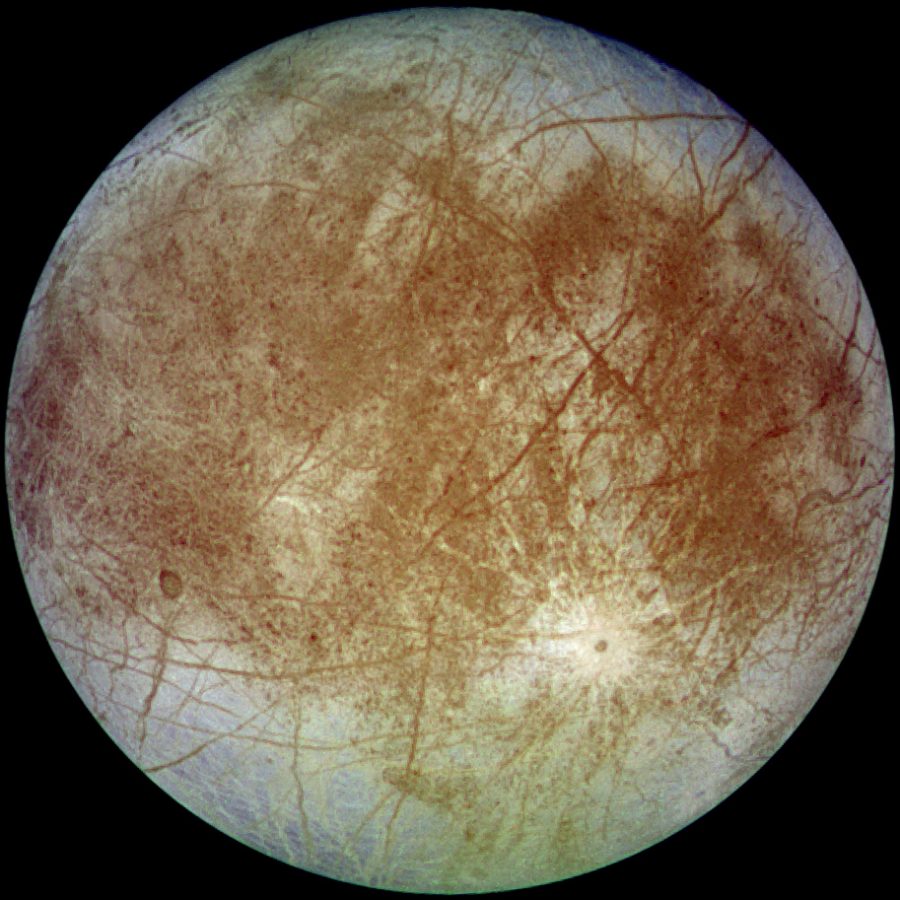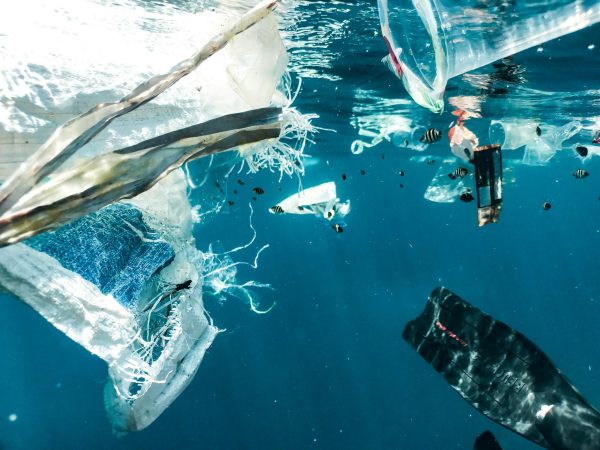Possible Discovery of Towering Ice Spikes on Jupiter’s Moon
The regular person would know the 9 planets of our solar system but astrophysicists are eager to look beyond what we already know. So when it’s heard that some new planets and moons can’t be explored, it tends to be slightly disappointing. This is exactly what happened when recent findings found by Dan Hobley ,a lecturer in the School of Earth and Ocean Sciences at Cardiff University in Wales, stated that the surface of Jupiter’s moon Europa is discovered to be covered with fields of Penitentes.
So what exactly are Penitentes? Well, Penitentes are elongated spikes of snow or ice closely spaced and pointed at the general direction of the sun. It’s the Spanish for “penitent” because they often look like people kneeling in penance. They’re created through sublimation, which is the transition of a material from solid to gas form. An initially smooth snowpack sublimates at different rates in different spots, causing small pits to form in some places. Sunlight bounces around in these pits, boosting sublimation further in the depths and eventually creating fields of spiky ice towers. Penitentes can only occur in cold and dry conditions, and here on Earth, there are very few places where they can actually form. One of the places where they can form is the Chilean Andes, as it is at a high altitude, dry and cold for most of the year.

However, when it comes to other planets the rate at which penitentes can grow is different. According to the research done by Hobley there is a high chance of penitentes existing on the moon. This makes sense, given that Europa is a cold, dry and virtually air free planet. However instead of the normal one to two meter Penitentes that are usually found on Earth, the Penitentes on Europa can go up to fifteen meters, with each spike being spaced around seven meters apart. In a mail sent to Space.com, Hobley describes the reason behind the towering ice spikes: “The size difference is basically a factor of time. The Europa penitentes grow much (MUCH!) slower than the Earth examples, but on Earth they might be restricted to a season or maybe two until they melt in summer or get covered in more snow, but on Europa, they are sat out in the sun growing for 50 million years”. As for observational support for this, radar waves beamed at Europa from big Earth-based dishes show signs of bouncing off multiple surfaces on the moon, which is considered very weird unless a situation like this is present.
So what exactly are the impacts that this discover has on space exploration to the Moon? Well, if what Hobley stated is actually true, then one problem would be landing on the planet. Landing on Europa would be tremendously hard, given that ships or shuttles would have to land on parts of Europa which don’t have Ice spikes, which are very hard to find. And even if they wanted to land in a Penitente field, they would need something small enough to fit between the fifteen meter ice spikes. However, in the end it doesn’t make the prospect of landing on the moon impossible. So, while Hobley does have some evidence to back up his claim, the proof of his claim will have to wait until NASA’s “Europa Clipper” will reach Europa. It is predicted to launch on November 2021 and will conduct repeated flybys over the moon to study its composition and prove whether life could actually live there.










Yash Mudigonda • Nov 1, 2018 at
Hello Mr. Gurtu. This article is an amazing analysis, and I truly find it interesting! The fact most unbeknownst to me was about the Europa’s Penitentes. It is actually interesting to me that they are named so because they resemble a kneeling man! Good job on this one!